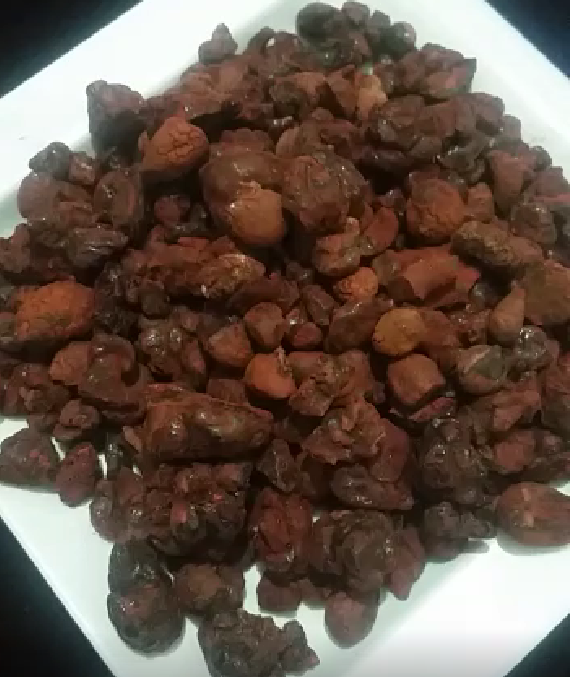|
Ancient Uses
The Dragon's Blood known to the ancient Romans was mostly collected from Dracaena Cinnabari, and is mentioned in the 1st century Periplus (30: 10. 17) as one of the products of Socotra. Socotra had been an important trading centre since at least the time of the Ptolemies. Dragon's Blood was used as a dye, painting pigment, and medicine (respiratory and gastrointestinal problems) in the Mediterranean basin, and was held by early Greeks, Romans, and Arabs to have medicinal properties. Dioscorides and other early Greek writers described its medicinal uses. What is Dragon's Blood?
Dragon's blood is a bright red resin which is obtained from different species of a number of distinct plant genera: Croton, Dracaena, Daemonorops, Calamus rotang and Pterocarpus. The red resin has been in continuous use since ancient times as varnish, medicine, incense, and dye. Name and Sources A great degree of confusion existed for the ancients in regard to the source and identity of dragon's blood. Some medieval encyclopedias claimed its source as the literal blood of elephants and dragons who had perished in mortal combat. There are approximately 20 different trees around the world that supply a red resin called Dragons Blood. Some grow in Asia and others South America, but, it is only the Dragon's Blood from the Dracaena Cinnabari tree on the island of Socotra is the original resin traded for thousands of years to the West along with Frankincense and Myrrh through the "Incense Route". For this reason, it is considered to be the material referred to in ancient Greek and Medieval texts, formularies and Pharmacopoeias through the ages. This has lent this resin the nickname "Medieval" Dragon's Blood. |
AuthorCRYPTO FRANKINCENSE: ArchivesCategories |


 RSS Feed
RSS Feed
